Toll Free: (866) 215-0651
Local: (657) 900-2066
Welding Like a Pro: Tips to Master Your Craft
Embarking on the welding journey is akin to mastering the craft of a blacksmith, where every weld is a testament to skill and precision. Whether a novice or a seasoned welder, welding techniques like MIG, TIG, and arc welding are an ever-evolving terrain that demands continuous learning and finesse; in this comprehensive guide, we will unravel the secrets to welding like a pro, offering practical advice, troubleshooting tips, and safety best practices that will elevate your welding skills to new heights.

Mastering MIG Welding:
MIG welding, celebrated for its speed and versatility, demands attention to detail from the get-go. Start with a clean work surface; remove rust, paint, and contaminants to ensure optimal weld penetration. Set the right wire speed and voltage based on the material thickness and maintain a consistent travel speed to create smooth, uniform welds. Troubleshoot spatter issues by adjusting the gas flow and keeping an eye on wire tension for seamless and clean welds. Safety is paramount, so always wear protective gear – a welding helmet, flame-resistant clothing, gloves, and safety boots – to shield yourself from sparks and harmful UV rays.
TIG Welding Excellence:
TIG welding, often hailed as the pinnacle of precision welding, demands a surgeon's touch. Prioritize cleanliness – both in your workspace and on the metal surfaces. Use a foot pedal to control heat and master the art of filler rod manipulation for precise and aesthetic welds—Troubleshoot tungsten contamination by regularly sharpening the electrode and maintaining a tight arc for optimal results. Ventilation is crucial in TIG welding; ensure proper air circulation to disperse potentially harmful fumes. As with any welding technique, protective eyewear is a must.
Arc Welding Mastery:
Arc welding, the classic and robust technique, requires a solid understanding of electrode selection and power sources. Maintaining the right arc length and electrode angle is essential for creating solid and consistent welds—Troubleshoot issues like porosity by addressing electrode moisture and adjusting amperage accordingly. Safety precautions in arc welding include:
- Keeping a fire extinguisher within reach.
- Working in a well-ventilated area.
- Using a welding screen to protect others from intense UV radiation.
Troubleshooting Tips for All Techniques:
- Spatter Issues: Adjust gas flow, use the correct shielding gas, and ensure proper wire tension for clean and spatter-free welds.
- Porosity: Address moisture in electrodes by storing them in a dry environment and adjusting amperage to prevent inconsistent welds.
- Tungsten Contamination: Regularly sharpen the tungsten electrode to maintain a clean arc and prevent impurities in the weld.
- Inconsistent Welds: Maintain a steady travel speed and test voltage and wire speed settings to achieve uniform and strong welds.
- Electrode Stickiness: Ensure proper electrode selection based on the material being welded and compatibility with the power source.
Safety Best Practices:
- Protective Gear: Always wear a welding helmet, flame-resistant clothing, gloves, and safety boots to safeguard against burns, sparks, and UV radiation.
- Ventilation: Work in a well-ventilated area or use an exhaust system to disperse fumes, promoting a healthier and safer work environment.
- Eye Protection: Shield your eyes from intense light using a welding helmet with the appropriate shade for the welding process and materials.
- Fire Safety: Keep a fire extinguisher within reach, be aware of flammable materials in your workspace, and have a clear emergency evacuation plan.
In the intricate dance of metal fusion, welding is not just a technical skill; it's an art form that requires dedication, practice, and a commitment to continuous improvement. With the knowledge and practical tips for MIG, TIG, and arc welding in this guide, you are well on your way to taming the welding titans. As you gear up and strike that arc, let your welds tell the story of a true welding artisan who navigates the sparks with precision, troubleshoots challenges with finesse, and prioritizes safety in every fusion of metal. Happy welding!



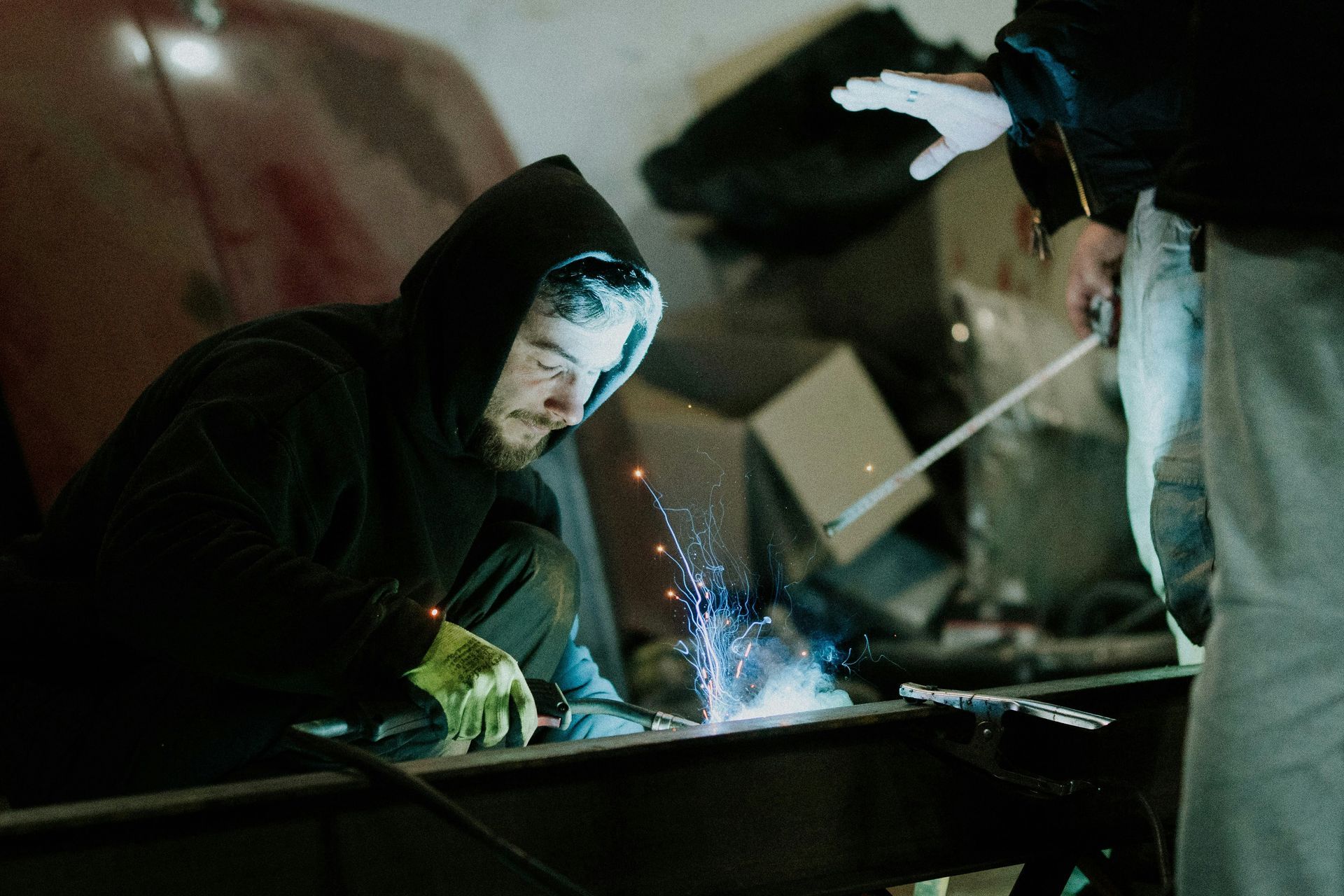
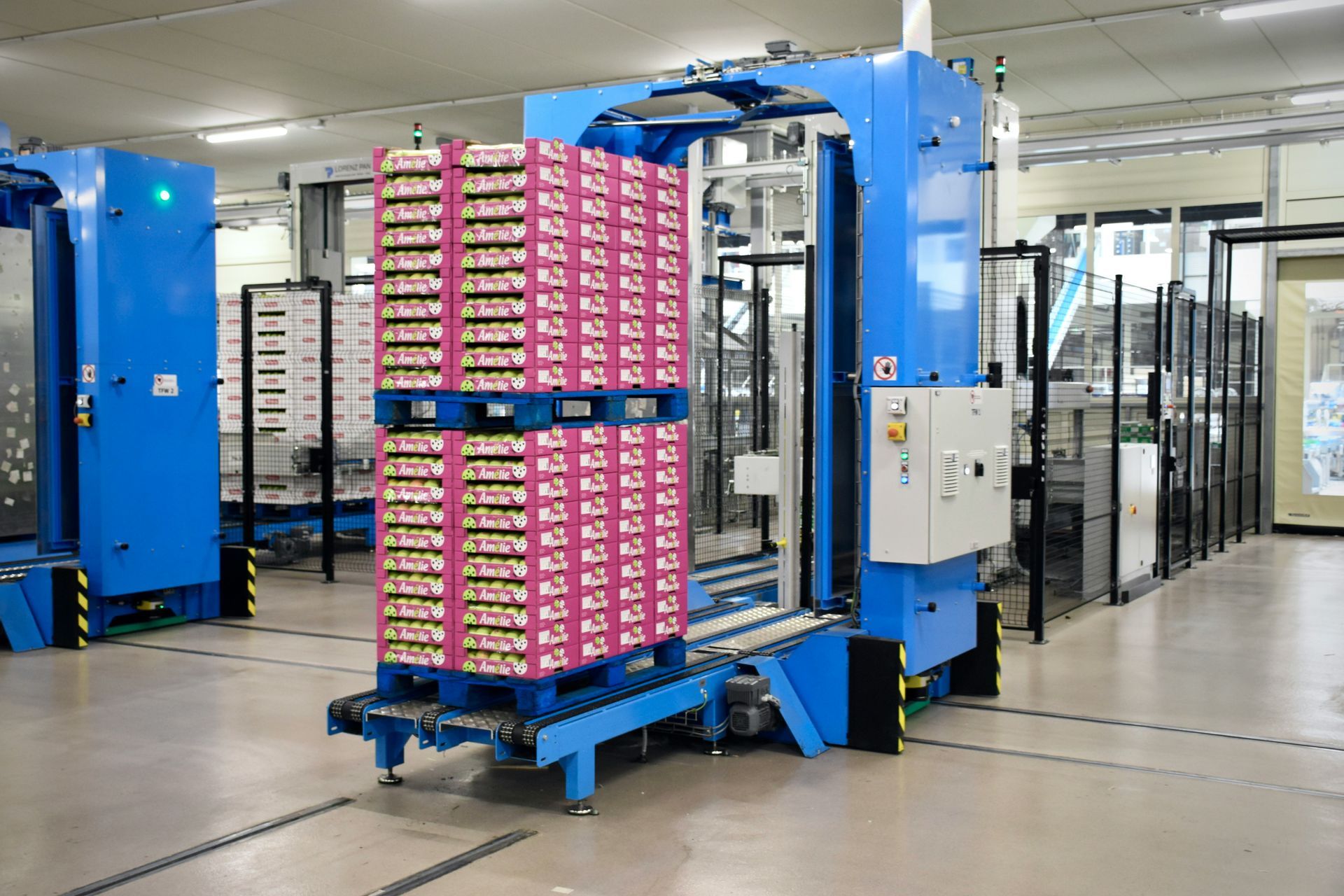
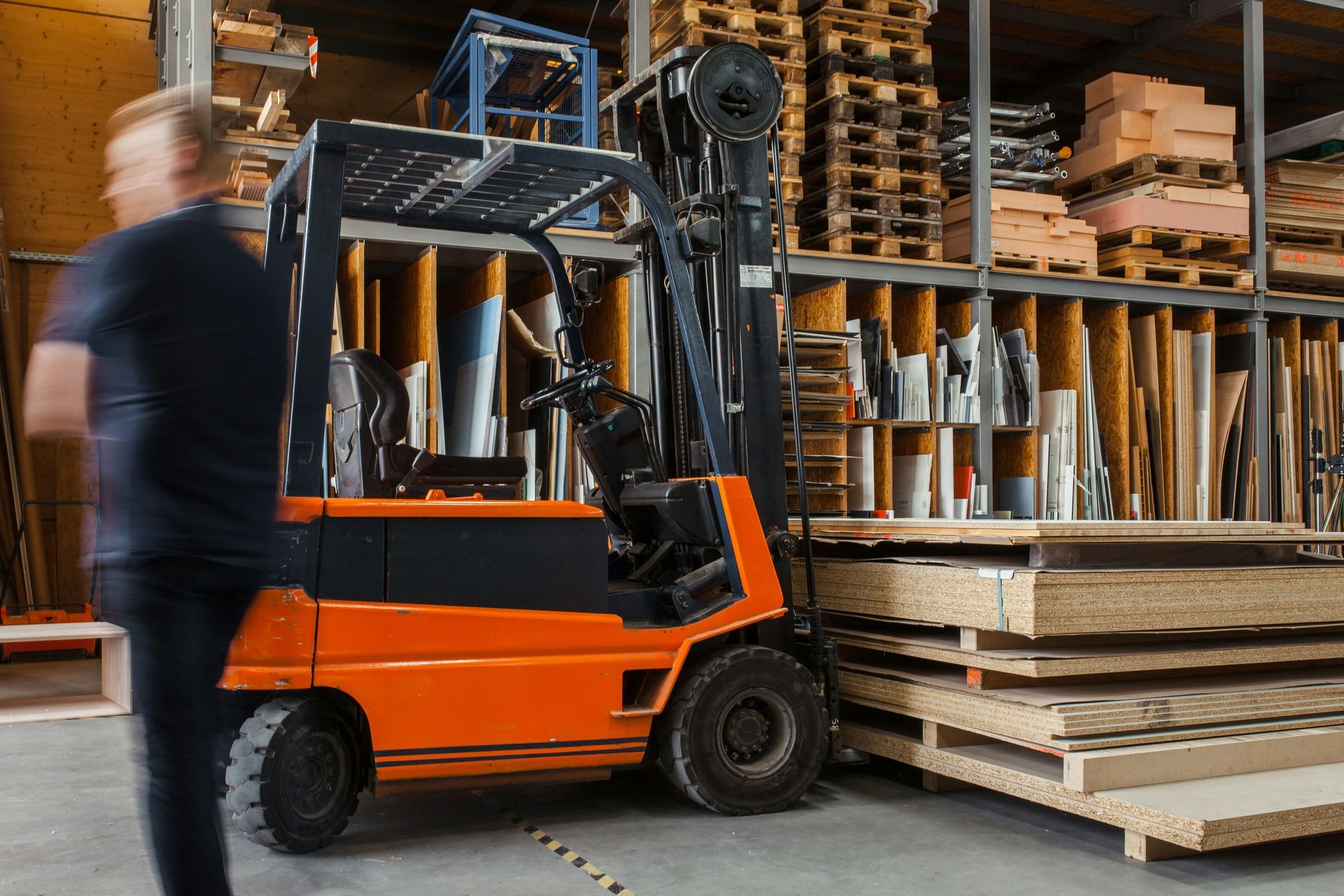
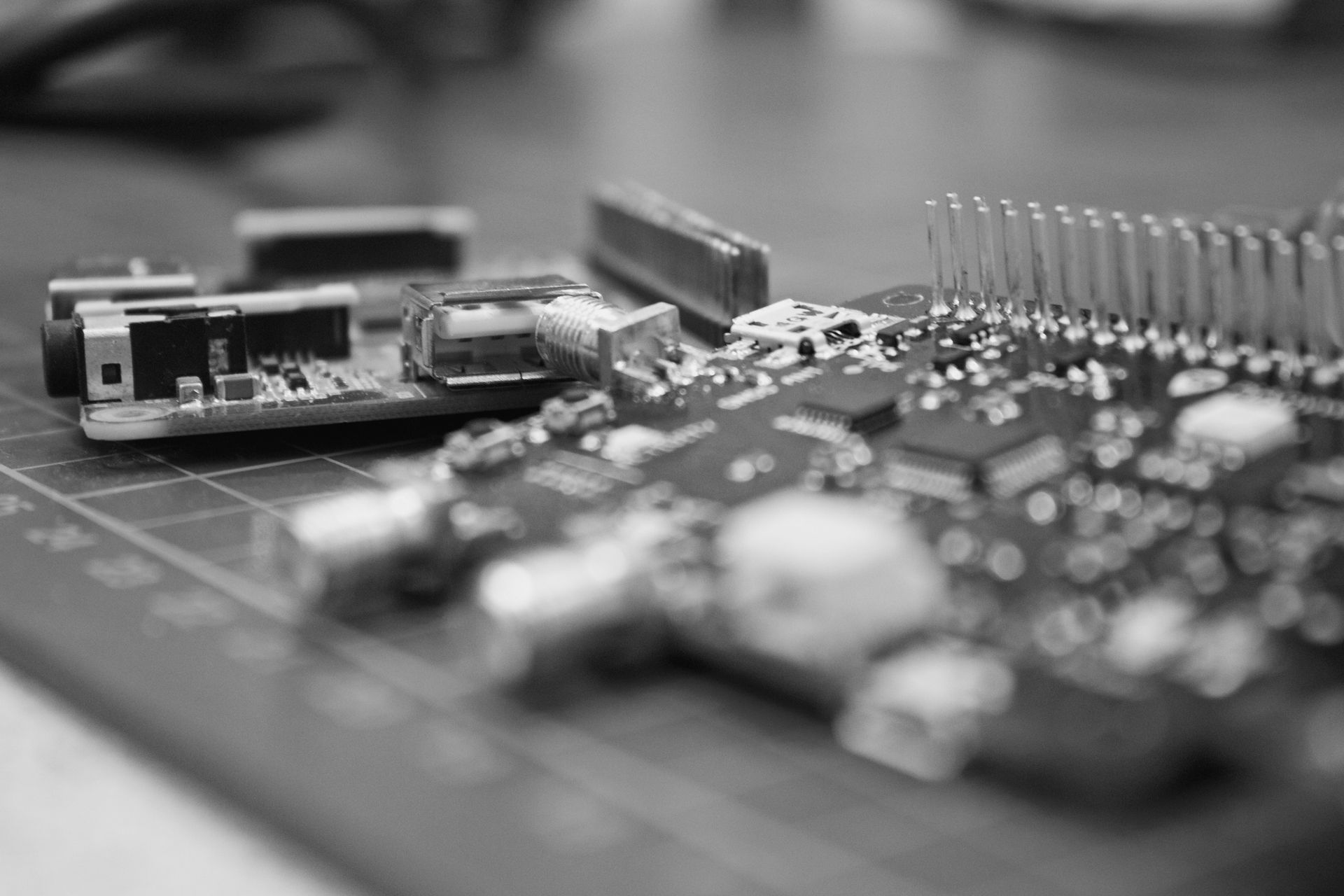
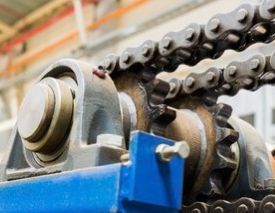
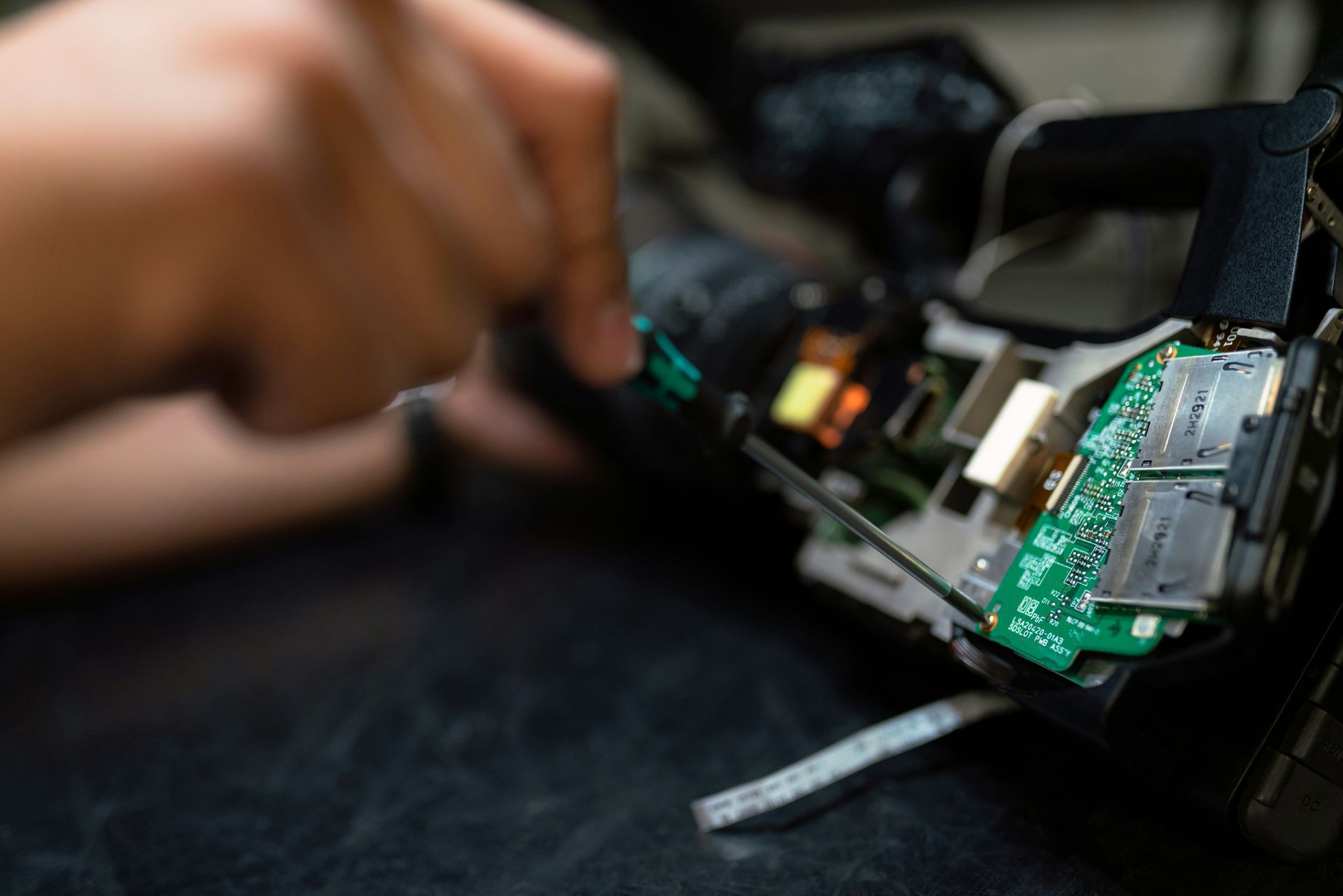
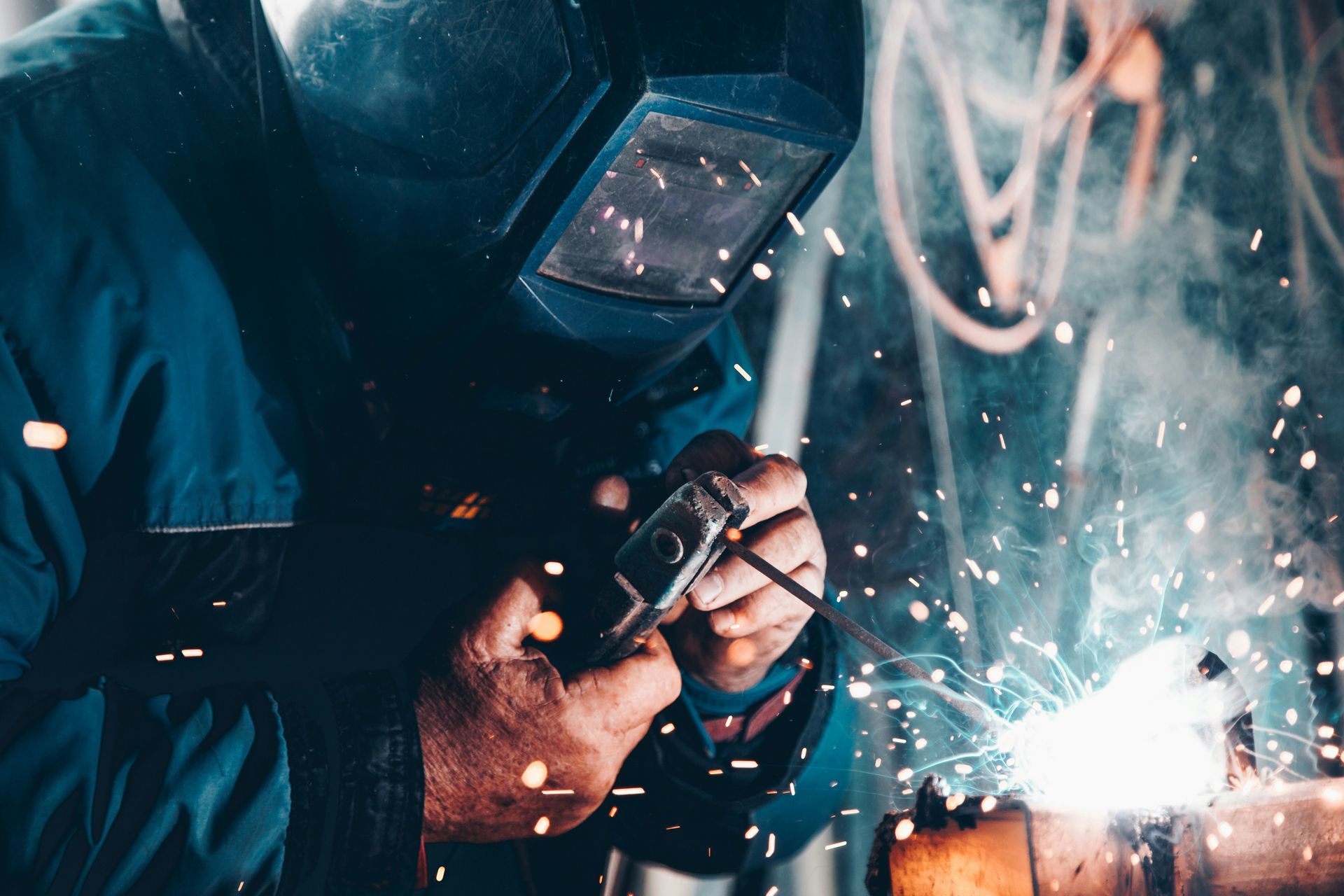
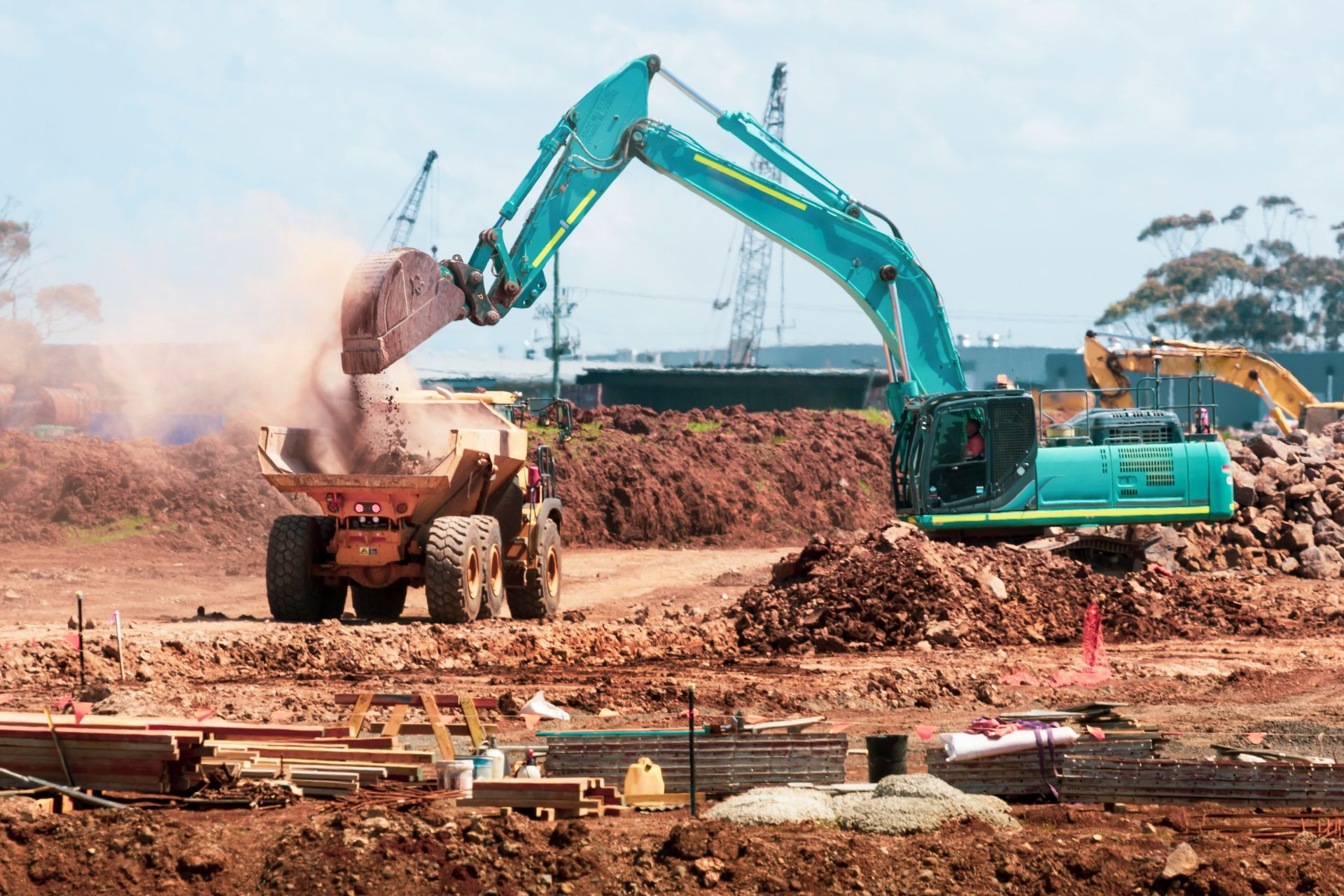
Share On: